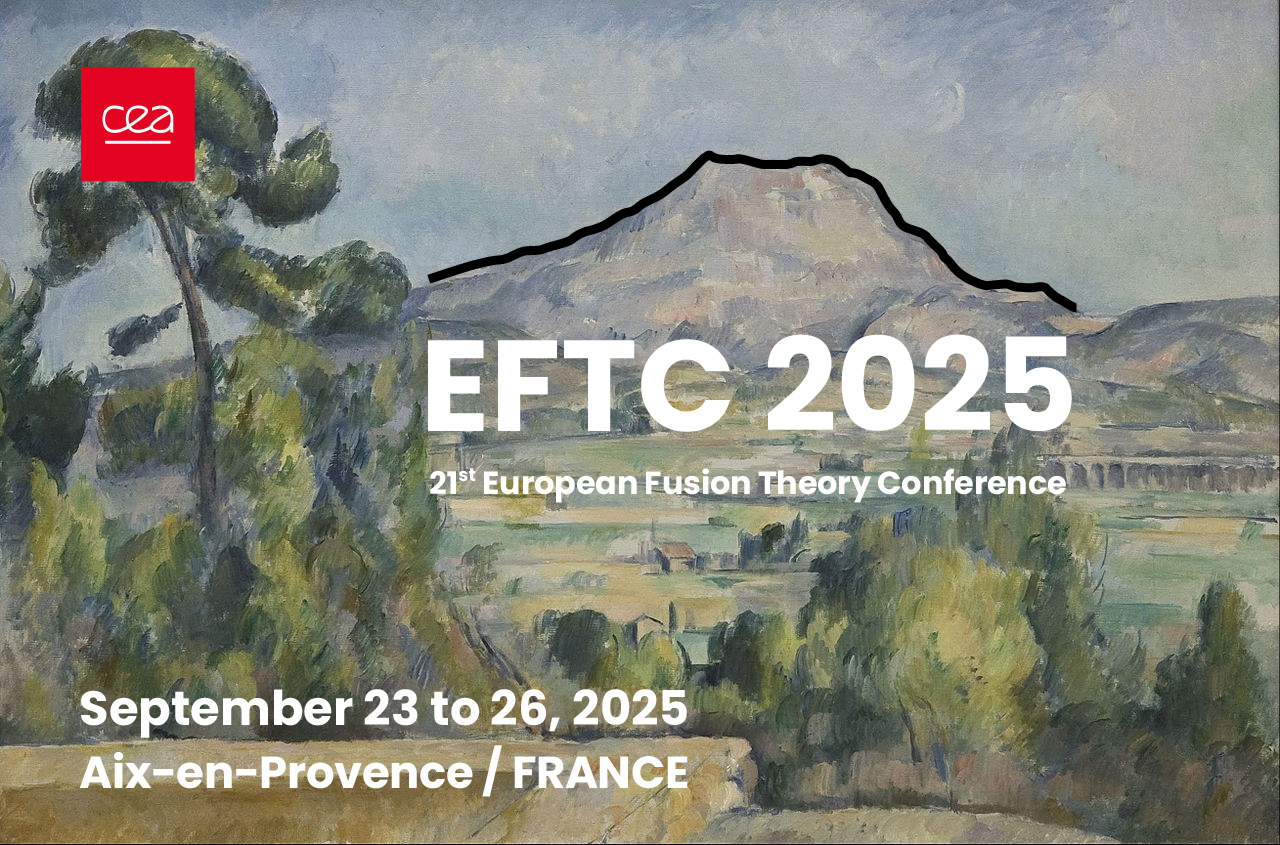Speaker
Description
Evidence from magnetically confined fusion experiments over the past decades shows that X-mode waves used for ECRH (X2) are prone to nonlinear wave interactions. These interactions are known as parametric decay instabilities, and they typically occur in localized regions of the plasma edge. The instabilities originate from thermal upper-hybrid (UH) waves that are trapped by non-monotonic plasma structures. When the injected X2 wave frequency is approximately twice the UH frequency, it can decay into two of the trapped UH waves. The coupling and trapping allow the two UH waves to grow exponentially in time if the power threshold is exceeded. Such instabilities can reduce ECRH efficiency through anomalous absorption of the X2 wave, but recent studies suggest that these processes may also serve as novel diagnostic tools for plasma edge turbulence.
However, the overall absorption of the X2 wave is highly dynamical, and it strongly depends on the saturation mechanisms of the instability, each governed by specific plasma conditions.
We develop analytical models within the WKB approximation to study the spatiotemporal evolution of the two trapped UH waves. The waves are described by a nonlinear envelope equation derived from geometric optics, which is solved on a spatial grid and integrated forward in time to obtain the initial exponential growth. We focus on a less-explored saturation mechanism that involves a parametric recombination of the injected X2 wave and either of the two UH waves, resulting in up-shifted X-mode waves above the R-cutoff. The model is extended to include the recombination process, and we quantify the energy transfer from the injected X2 wave to the up-shifted X-mode waves. Finally, the results are benchmarked against 1D3V kinetic Particle-in-Cell simulations using the code EPOCH.

